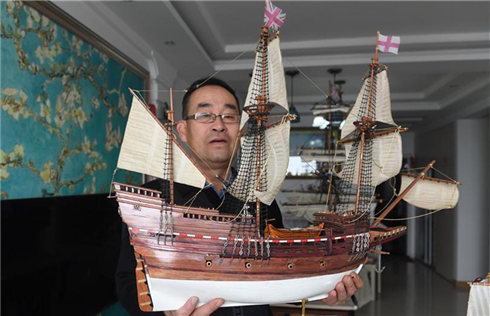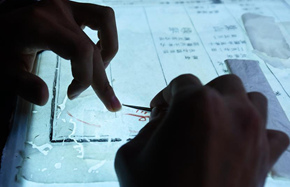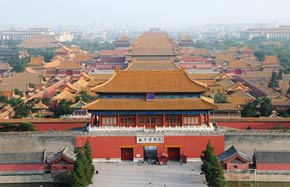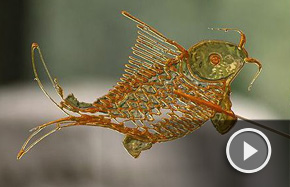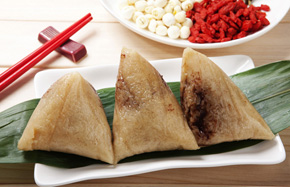Ge porcelains on display at Palace Museum
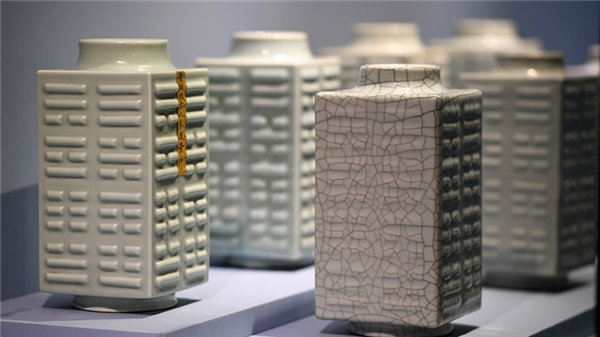 |
|
A set of Ge ware artifacts. [Photo/dpm.org.cn] |
With its unique artistic charm, Ge porcelain had a profound impact on the porcelains that followed, and was imitated by imperial and local kilns in the Ming and Qing Dynasties (1368-1911). The Jingdezhen Imperial Kiln succeeded in imitating the Ge porcelain in the Xuande period of the Ming Dynasty (1368-1644), and prospered in the Yongzheng and Qianlong periods of the Qing Dynasty (1644-1911).
In Chinese ceramics history, the Ru Kiln, Guan Kiln, Ge Kiln, Ding Kiln and Jun Kiln are collectively known as the "Five Great Kilns" in the Song Dynasty (960-1279).
The Palace Museum, possessing one of the largest collections of the "Five Great Kilns", launched a series of relevant special exhibitions in 2010. The Ge ware exhibition is the last in the series.





